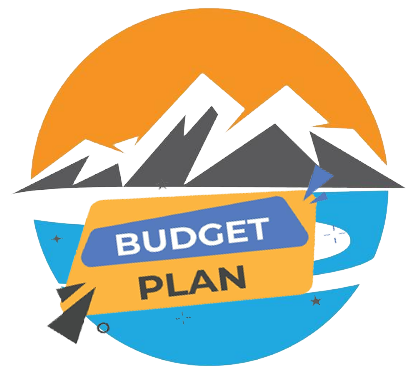How Simulations Help People Understand Public Budgets

When you hear “state budget,” what comes to mind? Probably spreadsheets, deficits, and political debates, right? It’s not exactly something that sparks excitement—especially for students or everyday citizens. But what if there were a way to feel how budgeting works? That’s where simulations come in. Through interactive gameplay, people can experience the exact dilemmas that lawmakers face: limited resources, tough choices, and the ever-present fear of missteps. In short, simulations make complex financial decisions human, relatable, and even fun.
Why Simulations Actually Work
Let’s be real—no one learns much by staring at static charts. Simulations flip the script. Instead of watching from the sidelines, participants step into decision-making roles. Every click, every choice, has consequences they can immediately see. That’s what makes simulations powerful.
Here’s what sets them apart from traditional learning:
- You make real-time decisions
- You see the outcome instantly
- You can replay and compare strategies
- You feel the pressure of uncertainty and risk
That last point is key. Real-life budgeting isn’t done in a vacuum. Market shifts, political backlash, and global crises add tension to every choice. Simulations recreate that environment, forcing players to navigate unpredictability with limited tools—just like actual policymakers.
What Budget Games Can Model
Not all simulations are created equal. Effective budget games include mechanics that mirror real-world complexities. The goal? To push users into balancing short-term wins against long-term goals, all while managing limited income and public pressure.
Here’s what a solid budget simulation might include:
- Finite income and growing obligations — Just like governments, you’re constantly behind on needs and ahead on demands.
- Tough trade-offs — Should you invest now or wait? Should you fund education or healthcare?
- Random events — Oil crashes, pandemics, federal funding cuts—these keep players on their toes.
- Priority setting — Players choose what sectors get funded: schools, hospitals, infrastructure.
- Simulated politics — Public backlash and simulated “voter” reactions add realism and urgency.
The point isn’t just to win. It’s to wrestle with the same strategic and emotional tension faced by those in real budget committees.
Aviator by Spribe: A Risk Simulation in Disguise
Here’s a twist: Aviator, a popular game by Spribe, wasn’t made as an educational tool—but it brilliantly captures the essence of budget strategy. It’s about risk, timing, and discipline. The mechanics are simple: a number (your multiplier or “growth”) climbs steadily upward. At any moment, it could crash. You can cash out early or keep waiting for a bigger payout. Sound familiar?
That’s exactly the choice faced in budget planning:
- Spend early while revenues look good?
- Hold off and risk a sudden downturn?
- Play it safe or push for growth?
Aviator is a near-perfect metaphor for economic planning. It’s not about accounting—it’s about behavior under pressure. Just like a finance minister or governor, the player has to judge uncertainty and make a call. That alone makes it a compelling lens through which to explain state-level budget choices.
Using Simulations in Education and Civic Life
So how do we bring these tools to the public? Turns out, there are lots of ways to make simulations part of classrooms, civic events, or online platforms.
1. High School and College Lessons
- Build region-based simulations with real-world data
- Walk through budget creation for key services
- Throw in surprise events: funding cuts, natural disasters, policy shifts
These scenarios make civics lessons more than just theory—they become decision-making labs.
2. Civic Hackathons
- Use open data to build playable budget challenges
- Form teams to create, defend, and debate their budget plans
- Let a mock “public” vote on their choices
Hackathons are a fun, competitive way to blend tech, policy, and public engagement.
3. Online Quests and Games
- Design mini-simulations that fit on a phone screen
- Add tooltips and prompts to explain budget logic
- Gamify the experience without dumbing it down
This approach makes financial literacy more accessible and appealing for younger audiences who live on mobile.
